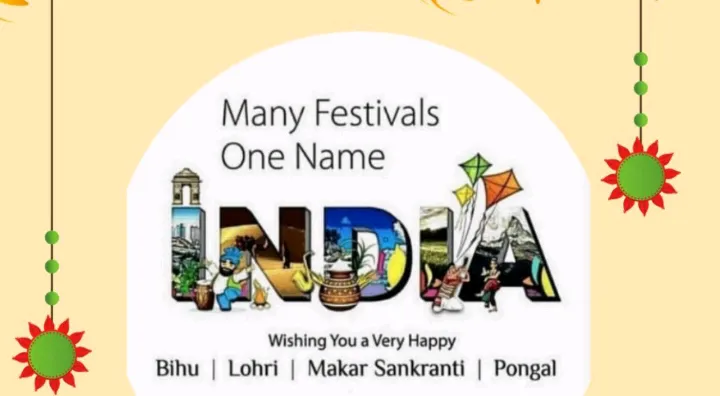Monsoon Murmurs 21
Pongal is an ancient festival. It is essentially a social festival crossing the borders of religion. Tamils of all religious faith celebrate Pongal. In Nandu's village the preparations for Pongal begins a week earlier. A team of youngsters join together to clean the house, throw out old things and paint the home. It was essentially, a white wash with calcite. The heated calcite was bought at specific furnace at some remote place. After severe heating the calcium carbonate becomes soluble in water. When one throws the cakes on water it boils, heating water. Since it is heavily alkaline one should be careful not to touch it. But a diluted solution of it is used to paint the house. There was no brush of modern types in those days. So the fibrous coconut shell was used as a brush. In front of the house stripes of white and red colors are painted. The red color comes from red soil rich in iron. Inside the house only white calcite is painted. In a way, it is important to clean the house for painting and all the unwanted accumulation was removed and burnt in from of the house. This is called Bogi or Indira vizha. The proper Pongal is the next day.
Pongal means something that froths. Pongal is prepared outside on a decorated place where rice was cooked with lentil on a sugary syrup in milk. On heating it froths. When it is thoroughly cooked with cashews, dried grapes (kismis) it is called Pongal. The pot that cooks this Pongal is holy and so tied with fresh turmeric leaves,...
Pongal means something that froths. Pongal is prepared outside on a decorated place where rice was cooked with lentil on a sugary syrup in milk. On heating it froths. When it is thoroughly cooked with cashews, dried grapes (kismis) it is called Pongal. The pot that cooks this Pongal is holy and so tied with fresh turmeric leaves,...




